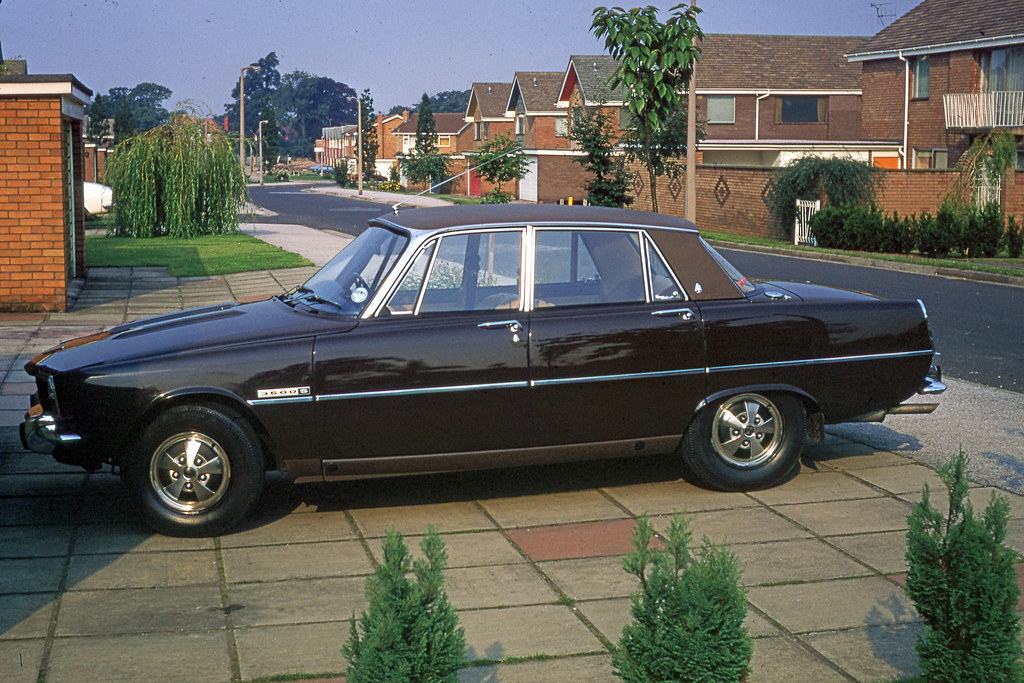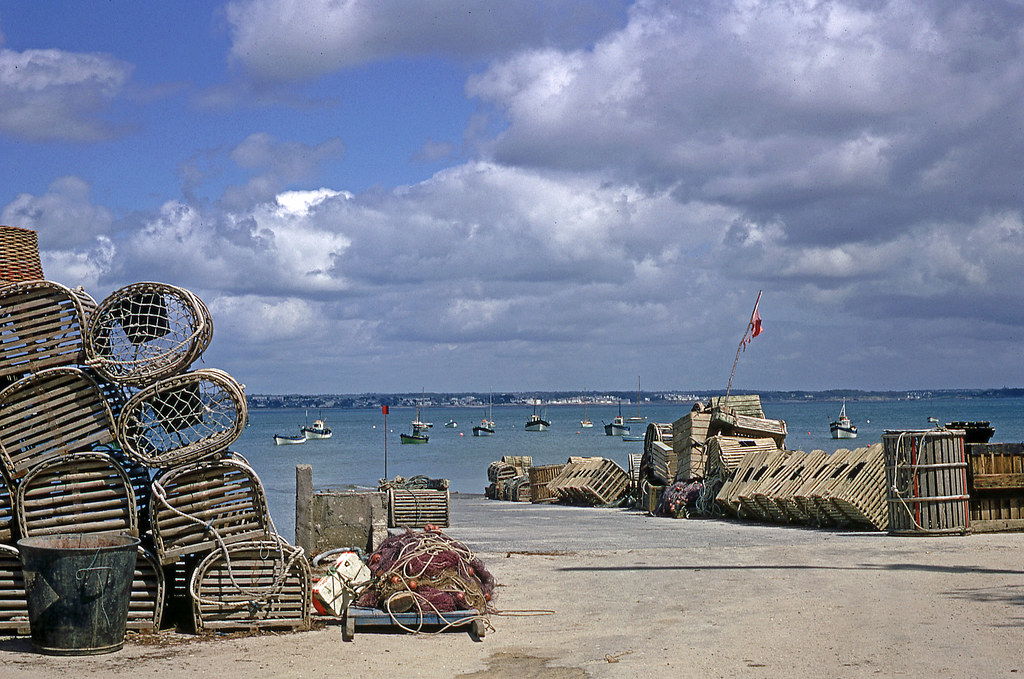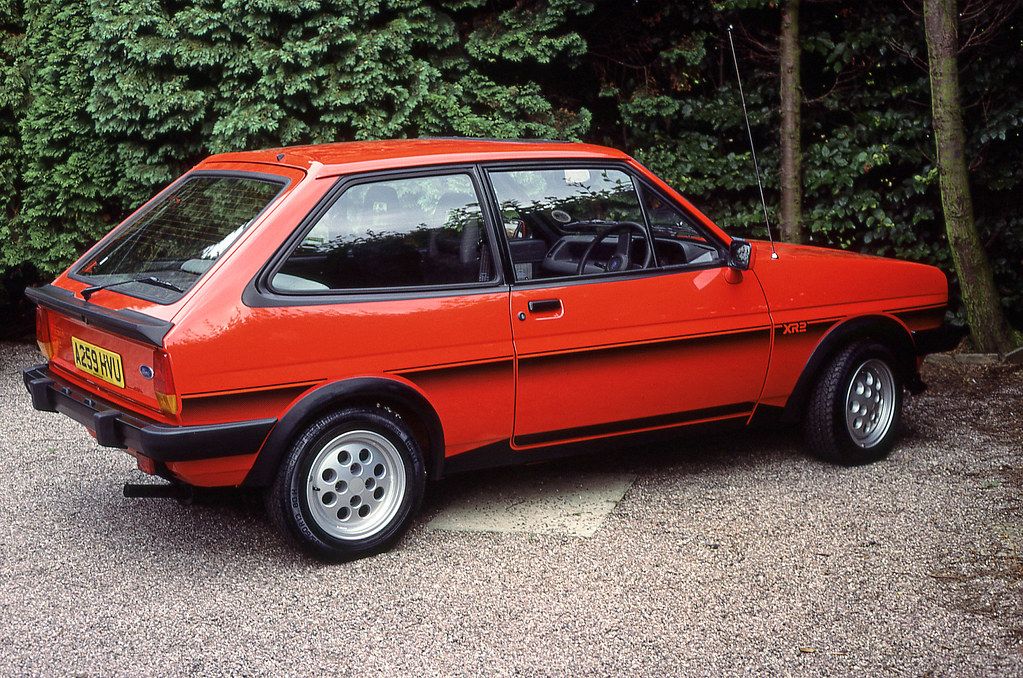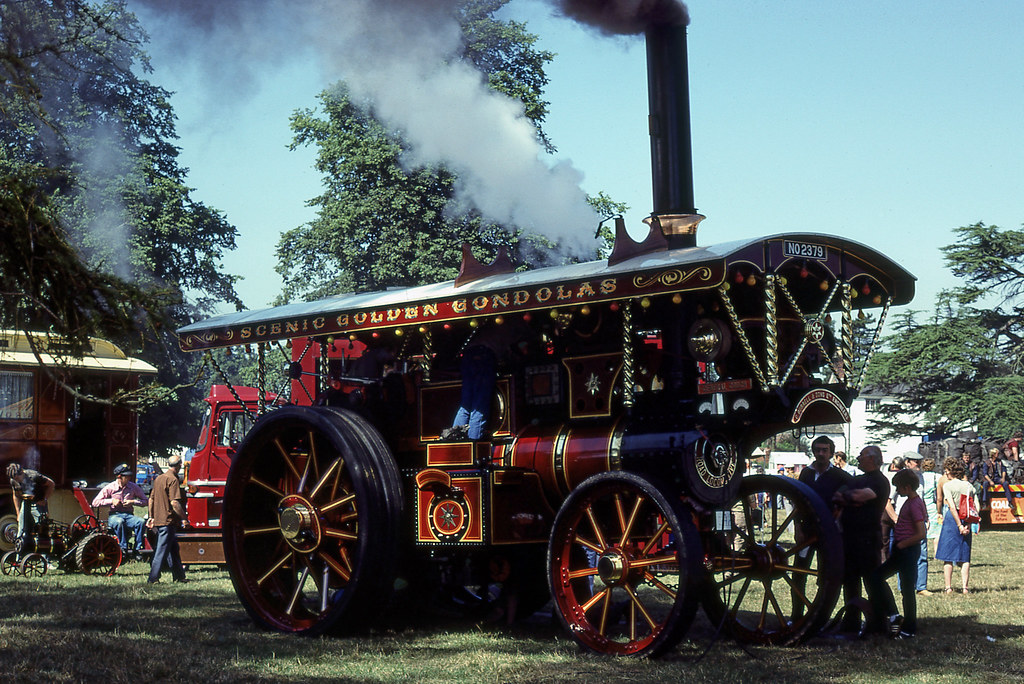- Messages
- 957
- Name
- Ben
- Edit My Images
- No
Ive really been enjoying Fred Herzogs work recently. Ive been trying to mimic the look of his work and Kodachrome which I believe he mainly used. However I wasnt able to use it before it stopped being made. To me it looks like reds really pop and over colours look a little muted in comparison. That might just be how Fred Herzog used it though








